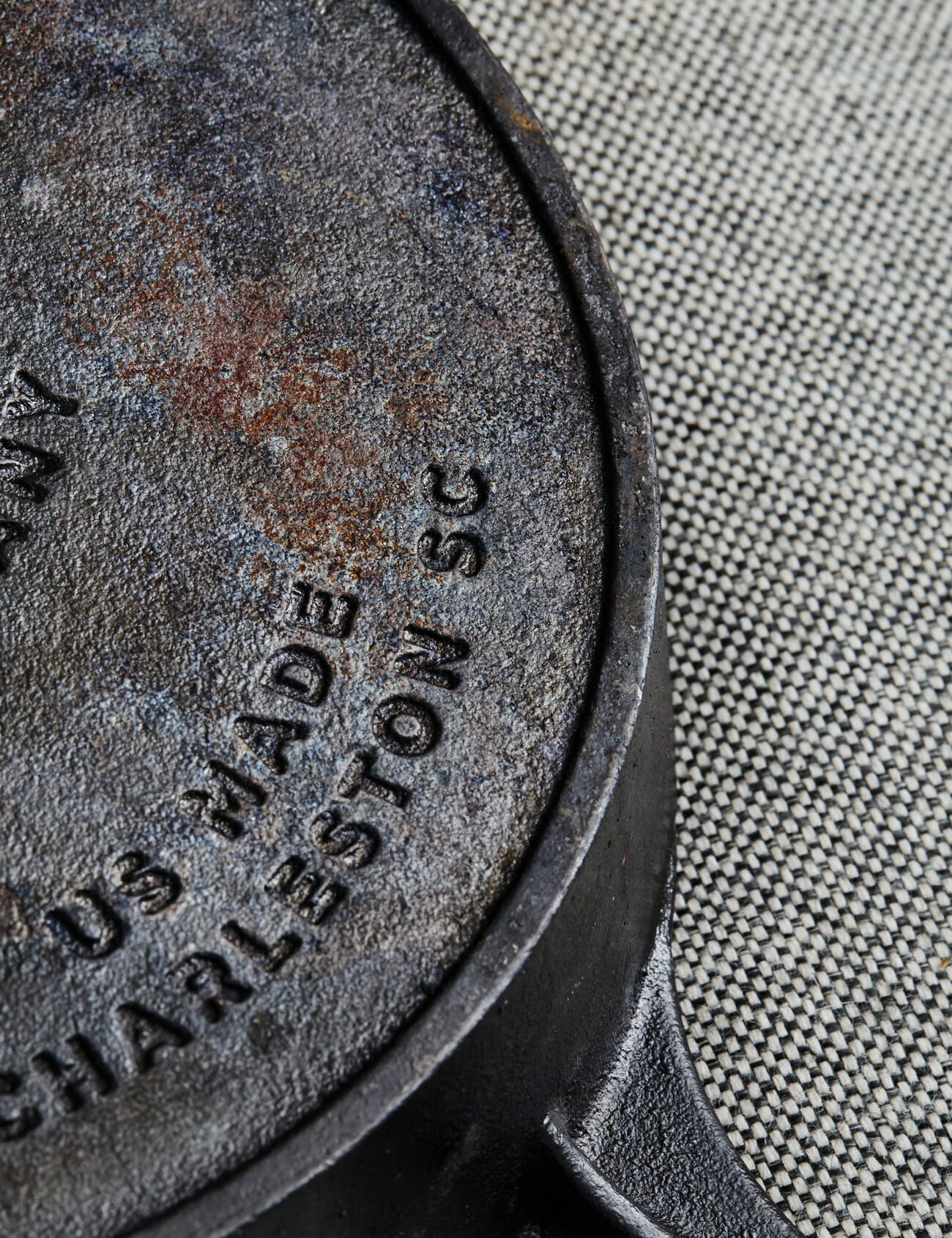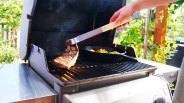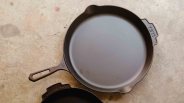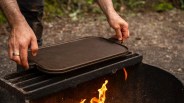Among collectors, conversations about cast iron have a way of getting sentimental, and they often land in the same place: craftsmanship.
“Cast-iron pans used to be made by hand,” says Mary Theisen, an enthusiast-turned-businesswoman who travels the country in search of rare and collectible cookware.
In 2012, Thiesen founded a site called The Pan Handler, which sells her refurbished cast-iron discoveries for upward of $1,000 or more. (Trophy pieces of cookware can go for more than $20,000.)
“Vintage pans are going to be lighter,” Theisen adds. “They have thinner walls. The cooking surfaces on most modern-day pans aren’t as finely polished.”
“The cooking surfaces on most modern-day pans aren’t as finely polished.”
The value of an antique cast-iron skillet largely depends on the manufacturer. Due to rarity, names like Griswold, Wagner (recently rebooted) and Favorite fetch higher prices on the secondhand market.
That said, even unbranded cast-iron cookware can be desirable, since most brands in the first half of the 20th century followed the same manufacturing processes.




